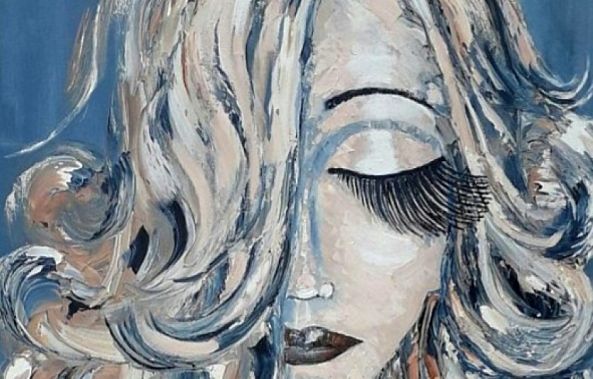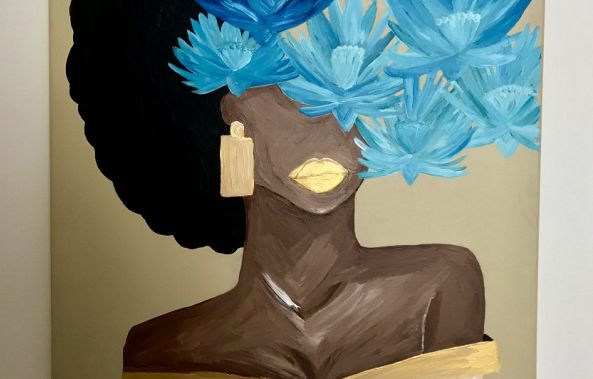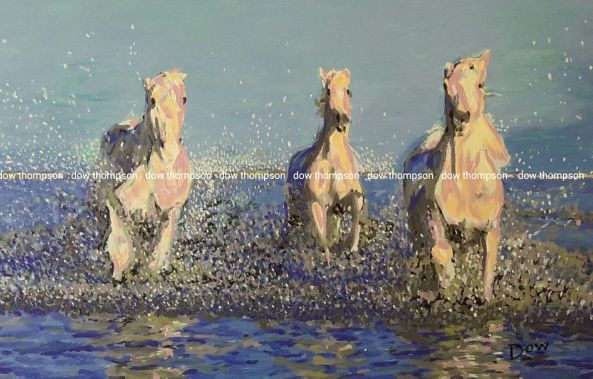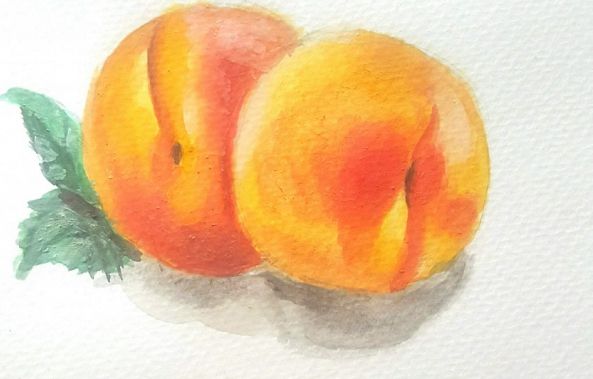Caravaggio: biography, facts; famous paintings
Michelangelo Merisi da Caravaggio was an Italian painter active in the mid-16th and early 17th century. His paintings are well known for their study of the human form, often in states of torture and discomfort, and for their unique and influential style. Caravaggio is a baroque artist, although he was active at the very beginning of the movement, and is seen by many as one of its instigators.
Caravaggio operated mainly in Rome until his exile, at which point he travelled around various Italian cities until his death in 1610. His work fell out of fashion for a long time, but was revived in the 20th century, when he was regarded as one of the most influential painters in the creation of what we think of as Western art. He is most well-known among art historians for his use of chiaroscuro lighting, a technique that was adopted by many baroque artists after his death.
Caravaggio biography
Early life

Image via https://www.caravaggiogallery.com
Caravaggio was born on 28th September 1571 in Milan. Caravaggio’s father was an architect and decorator to the Marchese of Caravaggio, which is located in the province of Bergamo. In 1576, Caravaggio and his family moved from Milan to Caravaggio itself in an attempt to escape the plague that was running through Milan. Unfortunately, they weren’t quick enough, and Caravaggio’s father and grandfather both died of the same plague in 1577, on the same day in fact.
His mother died in 1584, which was the same year he started his apprenticeship to painter Simone Peterzano. Although it’s believed that Caravaggio stayed in the Milan area after his apprenticeship ended, there is evidence to suggest he visited places such as Venice and might have been influenced by the artists of the area. The style of painting in Milan at the time was different from that of Rome, and favored simplicity and attention to natural detail, as opposed to the elements of grandeur present in Roman art.
Rome
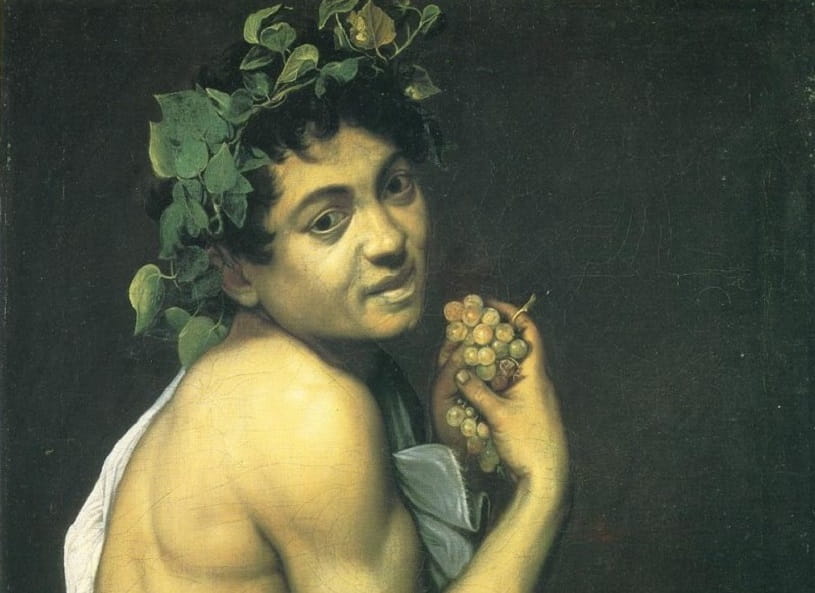
Image via tnj010.com
Caravaggio travelled to Rome in 1592 with next to nothing to his name. There is evidence to suggest he fled Milan due to some troubles with the law, and similar issues would plague him throughout his adult life. After several months he managed to settle down and got a job with Giuseppe Cesari, who was Pope Clement VIII’s preferred artist. He worked in Cesari’s workshop, mainly painting flowers and fruit in a factory-like set-up.
Due to the self-styled Catholic Reformation, there was a massive need for art to fill all the new churches and religious buildings that had been constructed. The period was an interesting phase of transition in the image of the Catholic Church, which sought out new artistic styles to go against the ideologies of Protestantism. The current popular style of Mannerism, in which Caravaggio had been trained, was considered too drab, and so they turned to something more flamboyant.
And this is where Caravaggio found his niche. His answer to this need for a new style was to combine dramatic observation with chiaroscuro lighting into a technique that became known as tenebrism, which is characterized by intense shifts from light to dark. Some of his known works from this period that showcase this new style are Boy Peeling a Fruit, Boy with a Basket of Fruit, and Young Sick Bacchus. These paintings not only show the development of this new technique, but also Caravaggio’s ability to depict intricate natural details, even down to marks on leaves.
The height of Caravaggio’s career
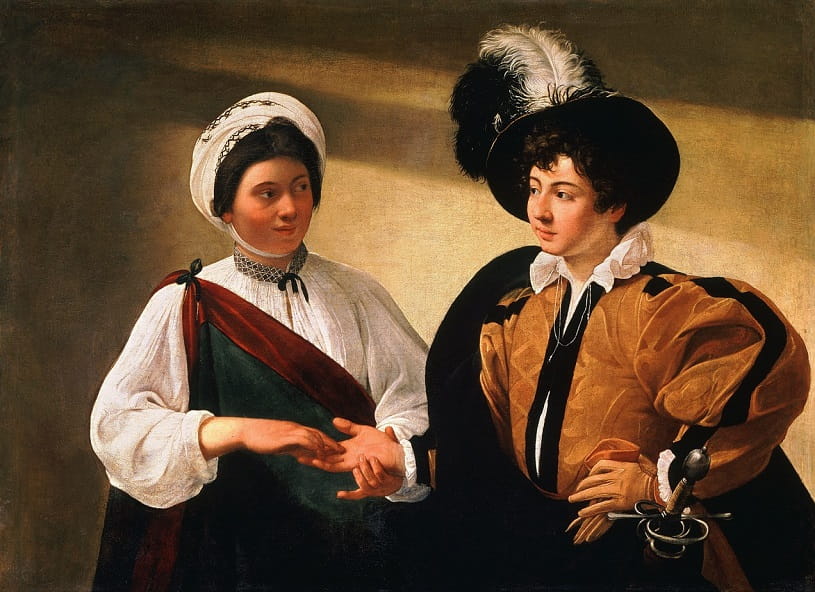
Image via The Fortune Teller
Caravaggio left Cesari’s service and went looking for his own fortune. Over the next several years he alternated between painting and fighting, and there is much evidence to show he was quite a fan of brawling. During this period, he produced several of his most well-known early works, including The Fortune Teller, although this was sold for very little money. During this time Caravaggio was noticed by Cardinal Francesco Maria del Monte, one of the most influential art connoisseurs of the time. Caravaggio produced several paintings for del Monte and his art circle, and this was the beginning of his rise to fame.
Caravaggio’s style was already well developed by this point, and much of his characteristic trademarks can be seen in his paintings. He preferred to paint his subjects “true to life,” rather than as idealized versions, something that went against the popular practice in Italy at the time. In 1599, he was commissioned to decorate the Contarelli Chapel, and the two works he produced were an immediate success in the right circles. His style earned him the title of one of the most desirable painters in Rome.
Caravaggio’s chiaroscuro technique was popular at the time, and earned him many commissions for high profile religious works. His ability to paint from life, rather than reference drawings, earned him some critics among fellow artists, but his style was popular enough for him to still be in demand. Throughout the height of his career many of his paintings were rejected by their buyers for being too vulgar. The reasoning was that, while the drama of his paintings was appreciated, his eye for realism was actually too real. Paintings such as Death of the Virgin, The Conversion of Saint Paul, and Saint Matthew and the Angel were all rejected and either repainted or resold.
Exile

Image via https://en.wikipedia.org
One of the most well-known Caravaggio facts is that he loved to fight. The actual reasoning behind this is debated, and some art historians believe it might be down to lead poisoning from prolonged exposure to paints. However, it could also just have been the life of a rich and in demand artist. Whatever the reason, the painter was involved in the death of a young man in 1606 and fled Rome under penalty of death.
Caravaggio initially fled to Naples, which was outside the jurisdiction of Roman authorities. His connections to a local influential family, the Colonnas, gave him somewhere to stay and access to a steady stream of work. He painted several works for local churches during his time in Naples, and continued to work on his characteristic style.
After a few months the artist left for Malta, again due to connections with members of the Knights of Malta. He arrived on the island in 1607, hoping to secure the patronage of Alof de Wignacourt, who was the Grand Master of a company called the Knights of Saint John. Caravaggio was looking for his patronage presumably as a way of securing a pardon for the death he was involved in. He was inducted into the order of the knights, and became their official painter.
During this time, he painted several works for the order, including Beheading of Saint John the Baptist, and Portrait of Alof de Wignacourt. His painting of Saint John was designed as an altarpiece for the knights, and was the largest altarpiece he painted. In 1608, the artist was arrested and imprisoned for being involved in another brawl. He was imprisoned in Valletta, the capital city of Malta, but managed to escape. During this time, he was also expelled from the order for his conduct.
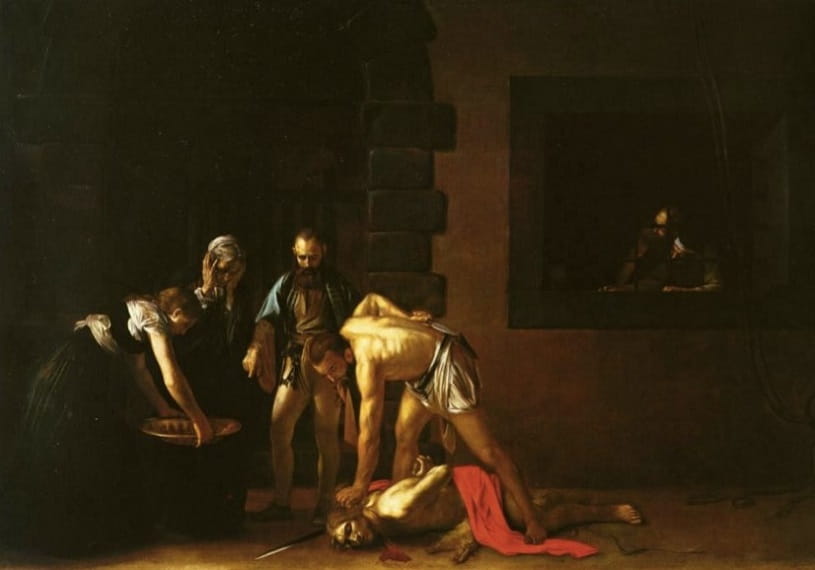
Image via https://itsartalicious.files.wordpress.com
He then made his way to Sicily, where he met up with an old friend from his early career. Together they went on a tour of Sicily, and Caravaggio was able to secure more commissions to keep himself afloat. By this time his style had developed so much that a vast portion of his works were very dark, and featured very intense groups of figures. His style had become incredibly accurate at portraying the abjection and suffering his subjects were meant to be experiencing.
The painter returned to Naples after only 9 months in Sicily. It’s believed that he was still fleeing enemies he’d acquired throughout his life, and that he felt safest in Naples. However, there is no evidence to suggest he was still being followed, and there’s every chance that it was lead poisoning-induced paranoia.
In 1609 he was attacked, although the identity of the attackers isn’t known for certain. He was left horribly disfigured and even included his newly scarred face in Salome with the Head of John the Baptist (with himself being the head). Caravaggio heard rumors that he was going to be pardoned, and so in 1610 set off for Rome.
Caravaggio death
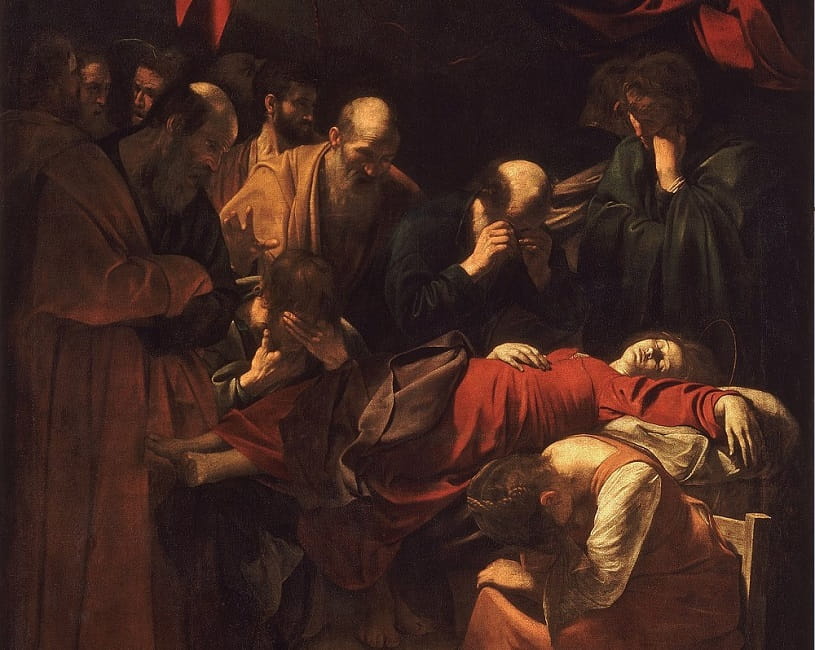
Image via https://www.sartle.com
Very little is known for certain about what actually happened surrounding the artist’s death. The court of Urbino received a letter on the 28th July that stated the artist was dead, and this was confirmed by another letter several days later. The second letter said he had died from a fever while travelling from Rome although this was never confirmed as the cause of death.
Several theories have been floated by art historians over the years. One of the most divisive is that he died of syphilis, or of an illness from contaminated dairy. It’s also been suggested that his enemies finally caught up with him, and that the fever was only a cover story. In 2010, human remains were found in Porto Ecole that are thought to be Caravaggio. Extensive testing was done to confirm this, and scholars now believe he might have died of lead poisoning, or of sepsis that developed from an untreated wound. Whatever the cause of death, it was something of an anticlimactic death for one of the greatest painters in Western art.
Caravaggio artworks
The Incredulity of Saint Thomas (1601-1602)
.jpg)
Image via http://www.caravaggio.org
This work depicts Thomas the Apostle in disbelief over the resurrection of Jesus. It belonged to a wealthy Italian banker until it found its way into the Prussian royal collection. It managed to survive WW2, and is now housed in Sanssouci Picture Gallery, Potsdam, Germany.
Bacchus (1595)

Image via Bacchus by Carravagio
This was painted during the artist’s time with del Monte, and reflects more humanist subject matter. The painting shows a young Bacchus reclining, and features a bowl of fruit, and wine. Caravaggio’s time with Cesari (and his experience painting fruit) can be seen in the intricate detail of the work. The work is now held in the Uffizi Gallery, Florence.
Judith Beheading Holofernes (1598-1599)
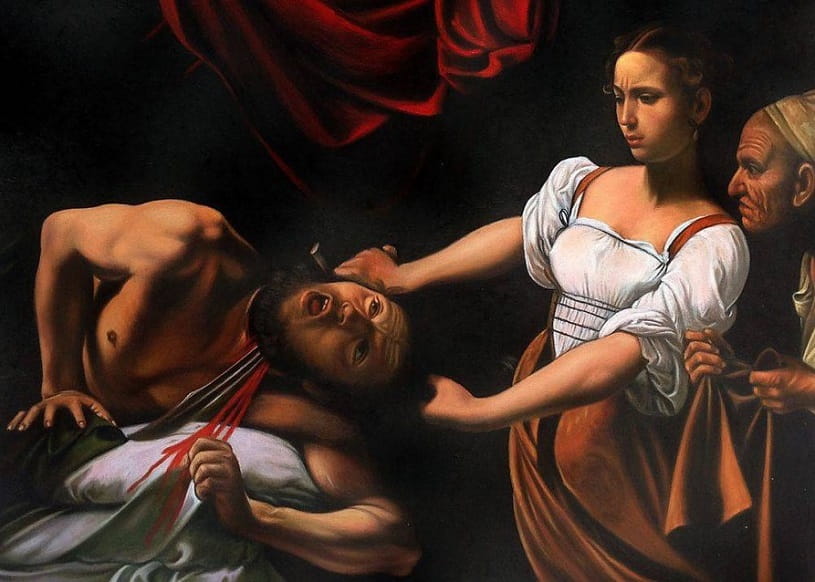
Image via https://www.overstockart.com
This painting is based on a Biblical story, and depicts Judith beheading the leader of a foreign army, Holofernes. Like with much of Caravaggio’s work, the painting depicts the subjects in motion, as opposed to the traditional technique of them posing. The work was produced reasonably early in his career, but shows his move towards tenebrism. The painting was rediscovered in 1950 and is now housed in the Galleria Nazionale d’Arte Antica in Rome.
Basket of Fruit (1599)

Image via https://blogs.yahoo.co.jp
This work was produced around the same time as Judith, but is a completely different style. A still life painting, it simply depicts a bowl of fruit. Much of the fruit appears to have been eaten by worms and is starting to decay. Contemporary theory is that it highlights the decay of beauty, but can also be read as a metaphor for the Catholic Church. It currently hangs in the Ambrosian Library in Milan.
Style
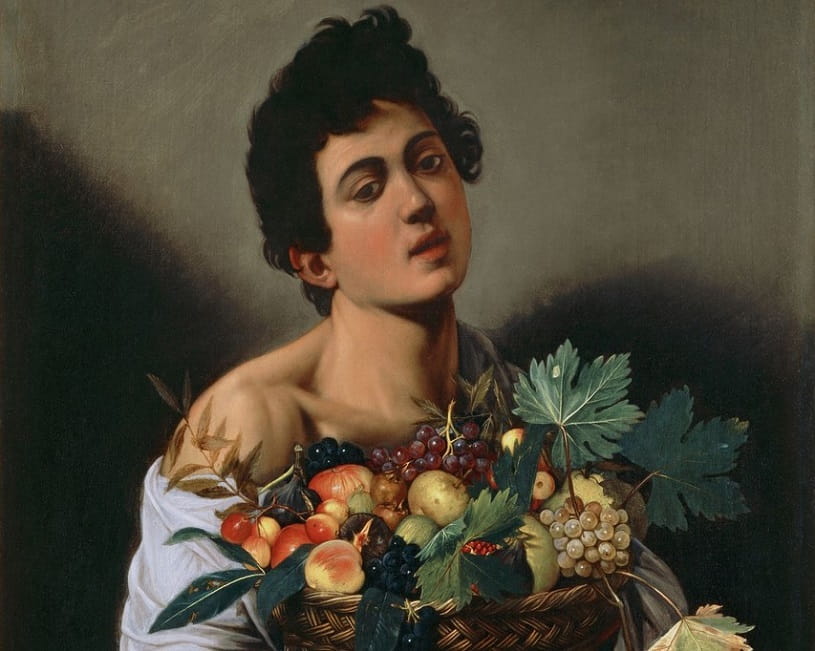
Image via http://www.latimes.com
Caravaggio is famous for his instantly recognizable and unique style. He was trained in the principles of Mannerism, which was a style popular in the late Renaissance. However, he took that style and made it his own by developing the way in which he used light and shadow to dramatize his works. The development of this can be seen throughout his catalogue of works, with his later pieces being much darker and more intense.
He is considered one of the founding artists of the baroque movement because his techniques were picked up and developed by later artists. One of the main things they developed was his attachment to realism. Although much of Western art has always been dominated by the idea of realism, Caravaggio differed through his use of subjects in their natural state, rather than representing ideal versions of man and woman. This shifted away from the popular technique, used by artists such as Michelangelo, and caused quite a stir. However, over time this became a popular way to depict subjects.
One of the biggest techniques unique to his style was the departure from using reference drawings, as the artist preferred to work directly from real life onto canvas. This might not seem like a big deal to us, but considering the amount of time a painting would take to create, it was a controversial move from the painter. He was known for working incredibly quickly, which is likely the reason he could work directly from life.
Painting techniques
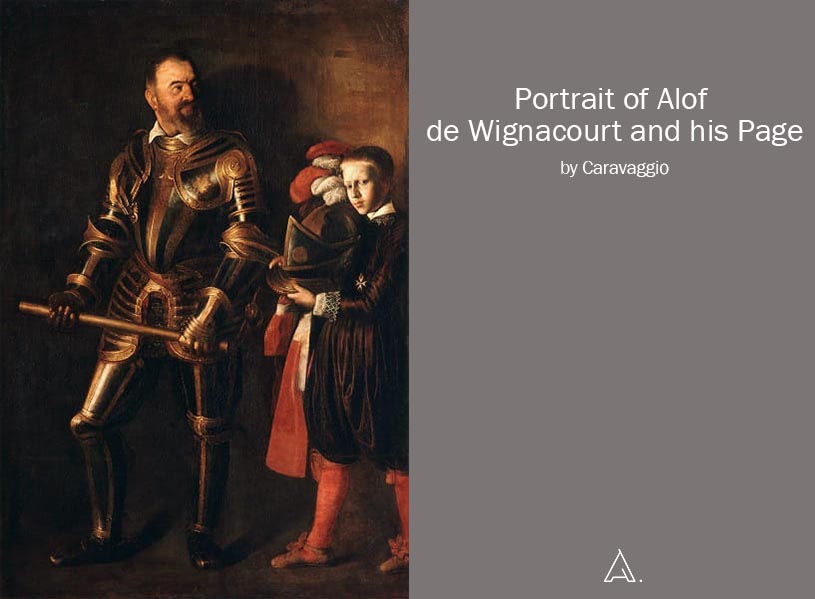
Image via https://commons.wikimedia.org
Caravaggio worked primarily with oil paints, in the Venetian style of working straight onto the canvas. He is most known for his use of the technique tenebrism, which employed a dramatic use of chiaroscuro. This is the use of strong contrasts between light and shadow, and became the hallmark of his work. Tenebrism is the term applied specifically to obtaining a dramatic effect from the lighting, and this is quite obvious in much of his work.
Caravagism and influence on artists
Caravaggio’s techniques were pioneering, and had a massive impact on later painters. He is widely credited as being one of the (unintentional) founders of the baroque movement, which grew out of elements of his style. Throughout his stay in various cities in Italy he influenced a great number of artists, both directly and indirectly, and this led to new movements within the art world.
Who was influenced by Caravaggio?

Image via https://useum.org
The easier question to ask would be: who wasn’t influenced by the great painter? Through one course or another, almost every Western artist since Caravaggio’s time would have been influenced by his style, technique, and works. However, this wasn’t widely recognized until the 20th century when greater research into art history was completed.
After the unveiling of his works in the Contarelli Chapel, a new movement started in Rome: Caravagism. His style became regarded as the cutting edge of modern painting, and was picked up by a great number of artists. The first artists to adopt this style included Orazio Gentileschi, Giovanni Baglione, and Carlo Saraceni. Gentileschi went on to become the court painter for Charles I of England, and so took the artist’s style further afield than Italy.
His influence was carried to Spain through its connection with Naples (the Spanish possessed Naples in the 17th century) and so had an impact on their painting style too. It also found its way to the Netherlands in the 17th century through a group of painters who travelled to Rome. Over time, and through the sharing of styles and techniques, Caravaggio went on to influence a large portion of the Western art world.
Caravaggio lived something of an intense life. Known by many as a faithful brawler, he enjoyed getting into fights and spending his money. Although this might have been seen as controversial at the time, it actually had a positive impact on the distribution of his art and techniques. After all, if he hadn’t fled across Italy, then it would have taken much longer for his style to be picked up by other countries.


